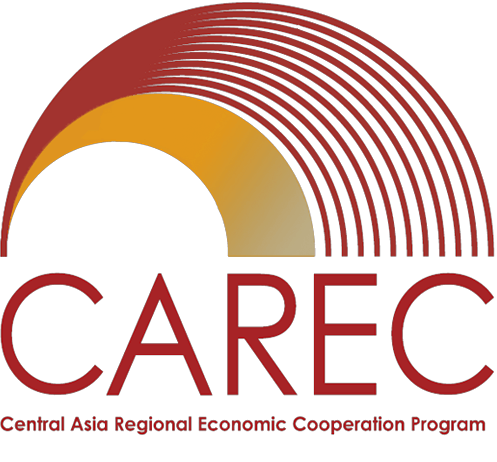Developing Asia's Growth to Ease at 6.9% in 2012
Inequality between the rich and the poor is increasing
Asian Development Bank’s (ADB) flagship annual economic publication, Asian Development Outlook 2012 (ADO 2012), forecasts gross domestic product (GDP) growth in developing Asia at 6.9% in 2012, rising to 7.3% in 2013. GDP growth in 2011 stood at 7.2% after expanding 9.1% in 2010, as the region rebounded strongly from the global financial crisis.
According to ADB Chief Economist Changyong Rhee, “Continued uncertainties in the eurozone and a further slump in global trade pose the biggest threats to the growth outlook.” To help sustain developing Asia’s growth, Asian economies are gradually diversifying into new markets, private consumption is trending up, and the region has limited direct financial exposure to the eurozone.
With a subdued external trade in 2011, domestic demand helped take up some of the slack, with the region’s current account surplus falling to 2.6% of GDP from 4% in 2010. Although inflation is gradually easing, it remains a potential threat given volatile food and fuel prices. Policy makers must also be wary of other factors, such as a significant dip in investment late in 2011 and the possibility of growing unpredictability in foreign capital flows in and out of the region.
ADO 2012 also highlights the increasing inequality between the rich and the poor that threatens to undermine Asia’s stability. Changyong Ree said another 240 million people could have been lifted out of poverty over the past 20 years if inequality had remained stable instead of increasing as it has since the 1990s.
Governments need to focus on policy options for reducing inequality by creating quality jobs, increasing spending on education and health, and expanding social protection such as conditional cash transfers for the poor. The report identifies other key policy options that include switching fiscal spending from untargeted price subsidies, such as on fuel, to targeted transfers; greater and more equitable revenue mobilization; and more investment in infrastructure to reduce imbalances between developed and lagging regions.
To access the full report, click here.
Subregional Highlights
Member countries of the Central Asia Regional Economic Cooperation (CAREC) Program encompass three subregions—Central, East, and South Asia. ADO 2012 has the following forecasts:
- Central Asia will see little change in economic activity for 2012, with projected growth of 6.1% reflecting the weak conditions in the eurozone and sluggish growth in the Russian Federation. Growth in the Pacific is set to moderate to 6.0% in 2012 and 4.1% in 2013, as Papua New Guinea, the largest economy in the region, sees a winding down of infrastructure projects that stimulated growth in 2011.
- Across the region, East Asia will see a deceleration in growth to 7.4% this year from 8.0% in 2011, weighed down by weaker exports and investment. The People’s Republic of China, the world’s second largest economy, will lead the way with growth set to moderate to 8.5% and 8.7% for 2012 and 2013, down from 9.2% in 2011.
- South Asia will also remain subdued with growth of 6.6% in 2012, tempered by weak demand and fiscal limitations. The pace of expansion will accelerate to 7.1% the following year, driven by the Indian economy, which is projected to rise to 7.5%.
The report also provides subsections for economic forecasts of countries in developing Asia. For this story, forecasts for CAREC member countries are identified:

